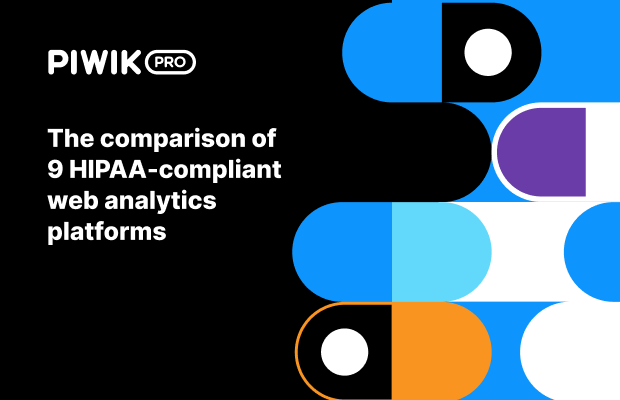Raw data refers to the most basic and unorganized form of data that provides a comprehensive dataset that can be used for thorough analysis. It offers the flexibility to apply filters and visualizations to derive new insights and perspectives. However, raw data requires significant time and effort to process and transform into actionable insights, and handling large datasets can be resource-intensive, particularly in advanced analytics.
Processed data, on the other hand, is raw data that has been transformed or analyzed to make it easier to interpret. However, processed data may lack the detail of raw data due to its aggregated and condensed nature.
Key differences between raw data vs. processed data include:
- State and organization: Raw data is unorganized and in its original form, whereas processed data is cleaned, organized, and summarized.
- Effort and resources: Raw data requires significant time and resources to process and analyze, while processed data is readily interpretable and easier to work with.
- Detail and completeness: Raw data is complete and comprehensive, allowing for thorough analysis, while processed data is condensed and may lack some detailed information.
- Flexibility: Raw data offers flexibility for various analyses and reporting needs, whereas processed data is tailored for specific interpretations and insights.
Learn more about the use cases for raw data analytics from this post: How to use raw data in web analytics.









